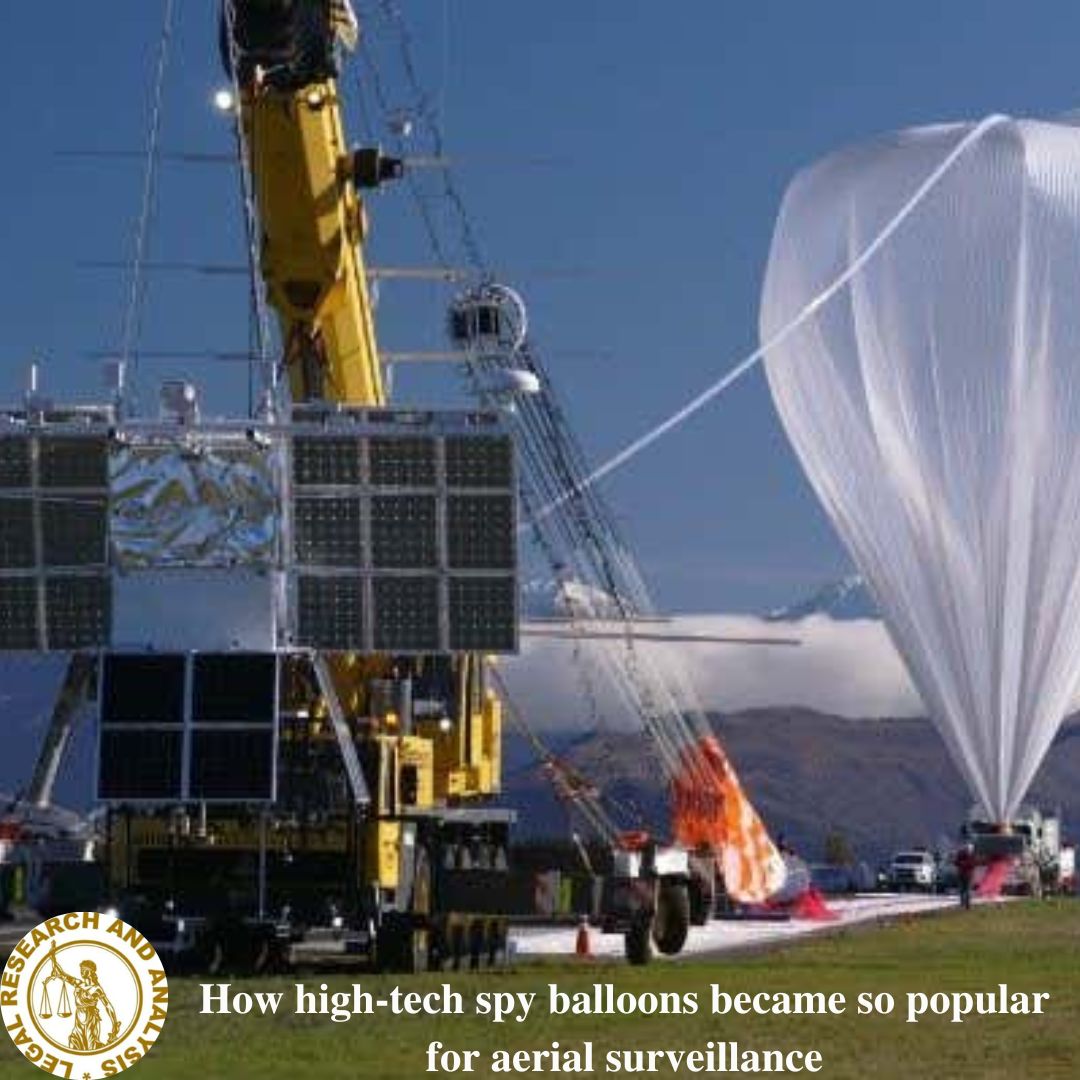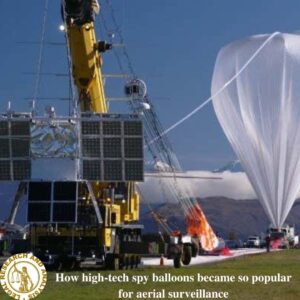
How high-tech spy balloons became so popular for aerial surveillance

High-tech spy balloons are a relatively new form of aerial surveillance that has quickly gained opportunity in recent years. These balloons equipped with sophisticated surveillance technology are being used for a wide range of purposes from monitoring traffic to conducting covert military operations.
The following article will explore how high-tech spy balloons became so famous for aerial surveillance and the various ways they are being used today. The origins of high-tech spy balloons can be traced back to the development of the first hot air balloon in the late 18th century. However, it wasn’t until the mid-20th century that balloons began to be used for aerial surveillance in a more significant way. During the cold war, both the United States and the Soviet Union developed balloon-based surveillance systems as a means of gathering intelligence on each other’s military capabilities.
Since then the technology used in high-tech spy balloons has advanced significantly making them more efficient and effective for a range of surveillance applications. The most significant advancement has been made with respect to the integration of high-resolution cameras and other sensing technologies which enable balloons to capture detailed images and data from high altitudes. One of the main advantages of high-tech spy balloons is their ability to remain airborne for extended periods often up to several days at a time. This means they can cover a large area and provide continuous surveillance without the need for frequent refuelling or maintenance. Additionally, because they can be launched and retrieved relatively quickly they are highly mobile and can be deployed in a range of environments.
Today high-tech spy balloons are being used for a wide range of applications including military intelligence, law enforcement, border security, and disaster response. One notable example is the use of balloons to monitor traffic flow in cities which can help authorities identify and address congestion hotspots. Another popular use for high-tech spy balloons is for border surveillance. In some countries, balloons equipped with infrared cameras and other sensors are being used to monitor the movement of people and vehicles across national borders. This has proved to be an effective way to detect and prevent illegal immigration and smuggling.
In the military sphere, high-tech spy balloons are being used for a range of applications including battlefield surveillance and reconnaissance. For instance, balloons equipped with high-resolution cameras and other sensors can provide real-time intelligence on enemy troop movements and terrain features allowing military commanders to make more informed decisions. Despite their many advantages high tech spy balloons are not without their challenges. One of the biggest challenges is the need to maintain a stable position in the air. Despite their many advantages high tech spy balloons are not without their challenges. One of the biggest challenges is the need to maintain a stable position in the air. Balloons can be affected by wind as well as other weather conditions which make it difficult to keep them in one place for extended periods.
Another challenge is the need to maintain secure communication links between the balloon and the ground station. This is especially important for military applications where any breach in communication could compromise the success of a mansion. Additionally, there are concerns about privacy and civil liberties when it comes to the use of high-tech spy balloons for surveillance purposes. Some have also raised concerns about the potential for these balloons to be used for mass surveillance and there have been calls for greater regulation of their use. Moreover, despite being of these challenges the use of high spy balloons for aerial surveillance is likely to continue to grow in popularity in the years to come. As the technology continues to advance one can expect to see new and innovative applications for these balloons emerge as well as improvements in their capabilities and performances.








